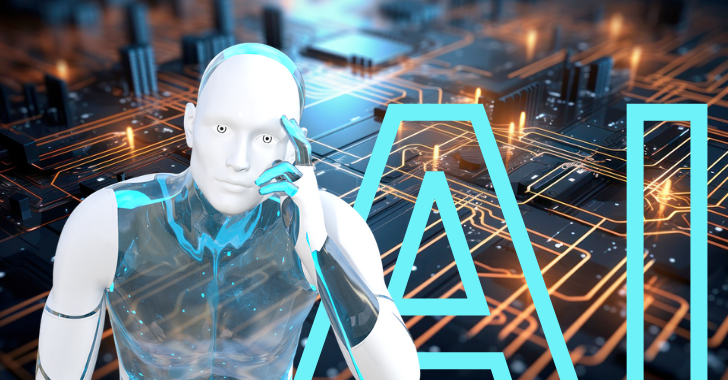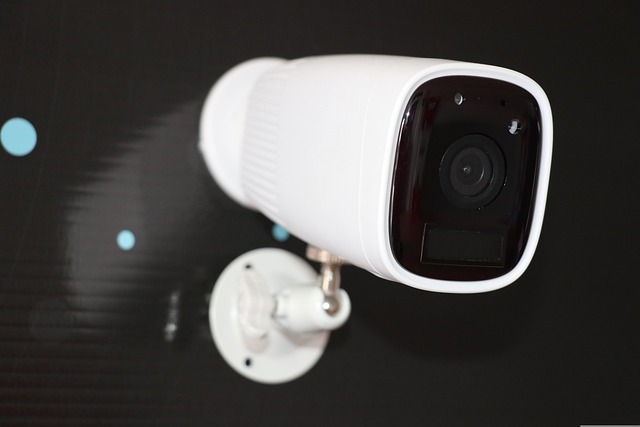Predictive AI vs Generative AI | Best Models | Tools

Predictive AI vs Generative AI: Artificial intelligence (AI) has become an integral part of our daily lives, offering a wide spectrum of applications. Two significant branches of AI, Predictive AI and Generative AI, play pivotal roles in various domains.
AI has revolutionized numerous industries by enabling advanced capabilities like prediction and generation. Within the AI landscape, two prominent branches are predictive artificial intelligence and generative AI. While both types leverage machine learning algorithms, they differ in their objectives and methodologies. In this blog post, we will explore the distinctions between predictive AI and generative AI, providing real-world examples and case studies to illustrate their applications. Additionally, we will shed light on predictive tools, models, and the concept of predictive research. So, let’s dive in!
What is Predictive AI:
Predictive artificial intelligence focuses on forecasting future outcomes or events based on historical data and patterns. It utilizes machine learning techniques, such as regression, classification, and time series analysis, to make predictions and provide insights.
Predictive AI and generative AI are two distinct branches within the field of artificial intelligence. While predictive Artificial intelligence focuses on forecasting future outcomes based on historical data, generative AI aims to create new content that resembles human-generated data. Both have seen widespread applications across industries, ranging from finance and healthcare to entertainment and creative fields.

Predictive AI: Predicting the Future
Predictive Artificial intelligence is all about forecasting outcomes and trends based on historical data, patterns, and machine learning models. It aims to provide insights that empower decision-making and strategic planning. Let’s explore some real-world applications:
Here are a few examples of how predictive AI is leveraged in real-life scenarios:
- Financial Predictive AI: Predictive artificial intelligence models can analyze historical financial data, market trends, and other relevant factors to predict stock prices, market fluctuations, or investment opportunities.
- Demand Forecasting: Retailers use predictive artificial intelligence to estimate future demand for products, optimizing inventory management, production planning, and supply chain operations.
- Healthcare Predictive AI: Predictive artificial intelligence models can analyze patient health records, symptoms, and medical history to predict the likelihood of diseases, assist in diagnosis, and recommend appropriate treatments.
- Fraud Detection: Financial institutions employ predictive artificial intelligence algorithms to detect fraudulent transactions by identifying patterns and anomalies in customer behavior and transaction data.
- Weather Forecasting: Meteorological departments leverage predictive artificial intelligence to make accurate weather predictions. By analyzing historical weather data, satellite imagery, and atmospheric conditions, these models can forecast weather patterns, allowing people to plan their activities accordingly.
Generative AI: Creating New Content

Generative AI, on the other hand, focuses on creating new content, such as text, images, or audio. It leverages techniques like deep learning and neural networks to generate novel and realistic content. Here are a few examples of generative AI in action:
- Image Generation: Generative adversarial networks (GANs) can generate realistic images that mimic human-created ones. This technology finds applications in fields like art, design, and entertainment.
- Text Generation: Generative AI models like GPT-3, which you are interacting with right now, are capable of generating human-like text. These models can write articles, answer questions, create poetry, and even assist in programming by generating code snippets.
- Music Composition: Generative AI models can compose original music pieces based on existing compositions or specific genres, showcasing creativity and artistic expression.
- Art and Design: Generative AI is utilized in art and design to create unique and creative visuals, music, and designs. Artists and musicians use AI to inspire their work and produce novel, avant-garde pieces.
- Language Translation: Generative AI models like Google’s BERT have enhanced machine translation capabilities. They can generate more accurate translations, making communication between different languages smoother.
Predictive AI vs Generative AI
Predictive AI and generative AI are two different approaches within the field of artificial intelligence.
Predictive AI, also known as supervised learning, involves training a model on a labeled dataset to make predictions or classifications based on input data. It learns patterns and relationships between input features and target outputs, enabling it to make predictions on new, unseen data. Examples of predictive AI include regression models, decision trees, and support vector machines.
Generative AI, on the other hand, focuses on generating new content or data that is similar to the training data it was given. Rather than predicting or classifying existing data, generative AI models learn the underlying distribution of the training data and use that knowledge to create new samples. Examples of generative AI include generative adversarial networks (GANs) and variational autoencoders (VAEs).





